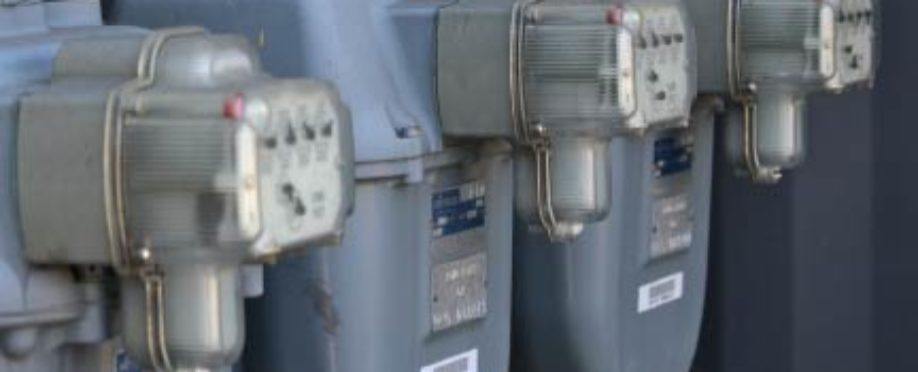
Even successful supermarkets, with a steady stream of customers every day and a reliable source of cash flow, have to work hard to make ends meet financially. The market is competitive, and costs are always high, so it can be extraordinarily difficult to consistently make a profit.
A typical 40,000-square foot grocery store in the United States can spend over $250,000 per year on energy.
This is a difficult problem to overcome, because most of the costs that go into a supermarket’s budget are fixed and managers can do nothing about them. When it comes to refilling your inventory, paying your staff and renting your facilities, there isn’t a lot of wiggle room to be found.
One area where store managers can make strategic improvements, however, is where refrigeration project management is concerned. By optimizing every dollar of energy spending in the budget, business leaders can reduce waste and set themselves on the right track to greater profits.
The role of energy spending
While there are many elements that go into a supermarket’s budget, energy is the main one that companies can control and optimize. According to a research paper from Energy Right, a typical 40,000-square foot grocery store in the United States can spend over $250,000 per year on energy. That’s a staggering number, but it’s one that managers can reign in.
“Although energy represents only about 1 percent of total grocery store costs, it is approximately equal to a typical grocery’s profit margin,” the source explained. “Therefore, a 10 percent reduction in energy costs can mean a 10 percent increase in profits. In a typical grocery store, refrigeration and lighting represent about 80 percent of total electricity use, and space heating consumes 68 percent of natural gas use, making these systems the best targets for energy savings.”
To increase profits, all that supermarket managers need to do is optimize their spending on energy. Naturally, the question follows – how?
Finding short- and long-term fixes
The way Energy Right puts it, there are both short-term and long-term strategies for reducing energy spending. The short-term solutions tend to be fairly simple. Obvious pieces of advice – such as turning appliances off when they’re not in use, and reducing heating, cooling and lighting when they’re not necessary – are applicable here.
The long-term strategies are more complicated. Savvy store managers can look at advanced strategies such as examining floating head pressure, anti-sweat heater controls or evaporative condensers in order to find inefficiencies. If these tasks can get overwhelming, it might be a sign that it’s time to enlist professional help though outsourcing in managing your physical assets.

 2016: City US is established in North America, in partnership with Southeastern Grocers (SEG), servicing over 750 supermarkets across 7 southern states.
2016: City US is established in North America, in partnership with Southeastern Grocers (SEG), servicing over 750 supermarkets across 7 southern states. 1985: Willie and Susan Haughey establish City Refrigeration Holdings (UK) Ltd in Glasgow, UK.
1985: Willie and Susan Haughey establish City Refrigeration Holdings (UK) Ltd in Glasgow, UK. 2009: City Australia launches in Melbourne, in partnership with Coles, servicing over 700 supermarkets across the country.
2009: City Australia launches in Melbourne, in partnership with Coles, servicing over 700 supermarkets across the country. 2015: City Asia launches in Kuala Lumpur, Malaysia, in partnership with Dairy Farm, servicing over 205 supermarkets across the region.
2015: City Asia launches in Kuala Lumpur, Malaysia, in partnership with Dairy Farm, servicing over 205 supermarkets across the region.